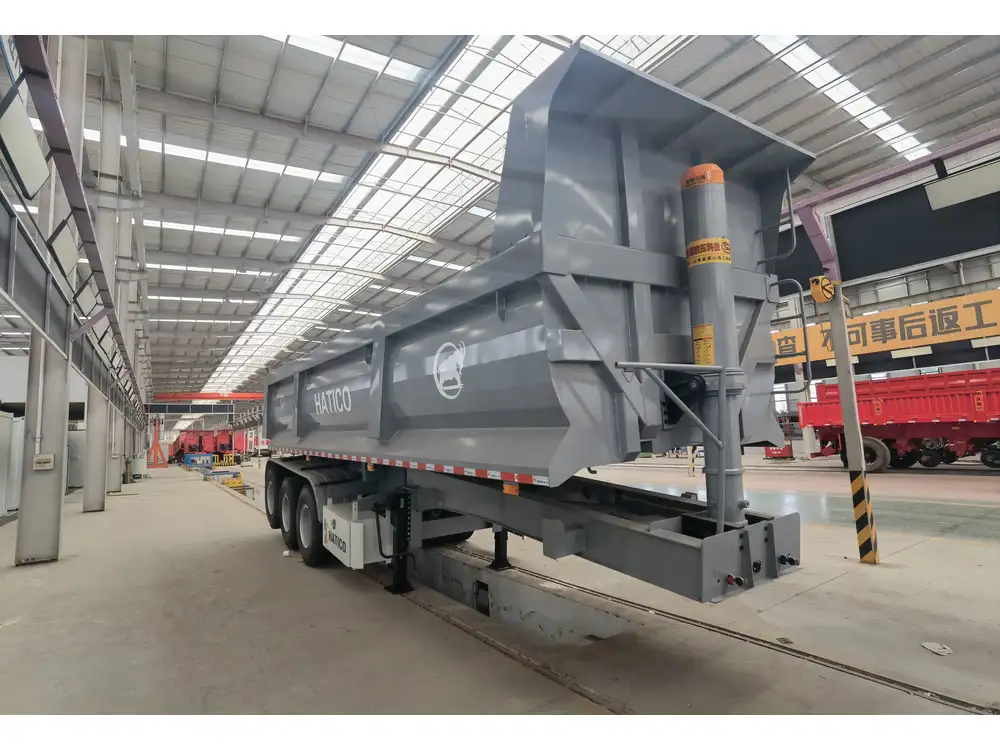Fuel capacity is a critical parameter for truck owners, manufacturers, and operators alike. It not only influences operational efficiency but also affects the logistics and financial viability of transporting goods over long distances. Here, we delve into the intricacies of truck fuel capacities, examining the factors that determine how many gallons of gas a truck can hold while also offering comparisons, specifications, and insights into various truck types.
Overview of Truck Fuel Capacities
Trucks vary significantly in their design, purpose, and specifications, leading to diverse fuel capacities. The fuel tank size in a truck can range from about 20 gallons in smaller models to upwards of 300 gallons in larger commercial vehicles. Understanding the fuel capacity of your truck is essential for planning long trips, managing fuel budgets, and ensuring compliance with regulations.
Common Categories of Trucks
To provide a more structured understanding, we can categorize trucks based on their size and intended use. Below we examine three main categories:
| Truck Type | Typical Fuel Capacity | Use Case |
|---|---|---|
| Light-Duty Trucks | 20-34 gallons | Personal transport, light hauling |
| Medium-Duty Trucks | 30-60 gallons | Delivery, utility work |
| Heavy-Duty Trucks | 100-300 gallons | Long-distance freight transport |

Light-Duty Trucks
Light-duty trucks, such as standard pickups and SUVs, are often equipped with fuel tanks that hold between 20 to 34 gallons. For instance, popular models like the Ford F-150 typically feature a 23-gallon tank, while larger variants can boast capacities nearing 36 gallons. These vehicles are commonly used for personal purposes, light hauling, and recreational activities.
Medium-Duty Trucks
Medium-duty trucks, used primarily in commercial applications, represent the next tier in fuel capacity. These trucks, including box trucks and some larger pickups, generally hold between 30 and 60 gallons of fuel. Trucks such as the Freightliner M2 112 are equipped with tanks that can hold around 50 gallons, making them ideal for delivery services, construction sites, and municipal purposes.
Heavy-Duty Trucks
Heavy-duty trucks, designed for long-haul freight transportation, come equipped with significantly larger fuel tanks. These vehicles often boast capacities ranging from 100 to 300 gallons. Leading models in this category, like the Peterbilt 579 and Kenworth W990, can carry between 120 to 150 gallons of fuel per tank while offering the option to install dual tanks, effectively doubling their capacity. This substantial fuel reserve enables these trucks to cover vast distances without the frequent need for refueling, which is a crucial aspect for logistics companies aiming to optimize routing and reduce downtime.

Factors Influencing Truck Fuel Capacity
Design and Purpose
The design and intended use of the truck fundamentally dictate its fuel capacity. Trucks designed for long hauls must carry more fuel to minimize stops, while those used for short deliveries may prioritize payload over fuel capacity.
Tank Configuration
Fuel tank configuration also affects capacity. Some trucks are designed with single tanks, while others may utilize dual tanks, effectively increasing range and maximizing fuel efficiency. The following outlines common tank configurations:
- Single Tank: One tank that holds the total fuel capacity.
- Dual Tanks: Two tanks that can be filled separately, enhancing range and balancing weight.

Fuel Type
The type of fuel used can also influence volume. While most trucks use diesel or gasoline, diesel engines typically require larger tanks due to the engine’s efficiency and longer distances covered.
Calculating Range Based on Fuel Capacity
Understanding how many gallons of gas a truck holds is only part of the equation. Calculating the range is just as critical. Here’s a straightforward way to assess how far a truck can travel based on its fuel capacity and fuel efficiency.
Formula for Calculating Range
To estimate the range, utilize the following formula:
[ \text{Range} = \text{Fuel Capacity (gallons)} \times \text{Fuel Efficiency (miles per gallon)} ]
Example Calculation
Consider a heavy-duty truck with a fuel capacity of 150 gallons and a fuel efficiency of 6 miles per gallon. The range would be calculated as follows:
[ \text{Range} = 150 \, \text{gallons} \times 6 \, \text{MPG} = 900 \, \text{miles} ]This means the truck could theoretically travel 900 miles on a single full tank, making it well-equipped for long-distance hauls.
Best Practices for Managing Truck Fuel Capacity
Regular Maintenance Checks
To ensure optimal fuel efficiency and longevity, conducting regular maintenance checks is non-negotiable. This includes inspecting the fuel system for leaks, ensuring proper filtration, and keeping the fuel tanks clean.

Use of Fuel Management Systems
Implementing a fuel management system can help track fuel usage more efficiently. These systems collect data on fuel consumption patterns, allowing for informed decisions regarding driving habits and routes, ultimately leading to cost savings and enhanced performance.
Educating Drivers
Educating drivers about fuel-efficient driving practices can significantly impact the overall fuel consumption. Techniques such as maintaining steady speeds, minimizing idling, and adhering to weight limits can contribute to enhanced fuel economy.
Environmental Considerations
As fuel efficiency and capacity affect not only logistics but also environmental impact, addressing this relationship is crucial. Trucks are significant contributors to greenhouse gas emissions, and increasing fuel efficiency can lead directly to lower carbon footprints. Below are strategies to balance fuel needs with environmental concerns:
| Strategy | Description |
|---|---|
| Utilize Alternative Fuels | Explore the use of biofuels, natural gas, or electric options. |
| Optimize Routes | Use routing software to minimize distances traveled. |
| Adopt Aerodynamic Features | Invest in aerodynamic truck designs to enhance fuel efficiency. |

Frequently Asked Questions (FAQs)
Q1: What determines the fuel tank size for trucks?
Fuel tank size is determined by the intended use of the truck, weight specifications, and regulations governing transport. Trucks meant for longer distances need more fuel capacity.
Q2: How does fuel capacity affect a truck’s performance?
Higher fuel capacity generally enhances a truck’s range and allows fewer stops for refueling, which can lead to improved efficiency and time management in logistics.

Q3: Can I install a larger fuel tank on my truck?
Yes, options for larger fuel tanks may exist, particularly for heavy-duty trucks. Consult with a truck manufacturer or dealer to explore compatible tank options that align with your vehicle’s specifications.
Q4: How does the type of fuel (gasoline vs. diesel) impact fuel capacity?
Diesel engines usually require larger tanks due to their efficiency and are preferred for long hauls, while gasoline trucks may have smaller tanks designed for shorter distances.
Q5: Are there regulations regarding truck fuel capacities?
Yes, regulations can vary by state and region, impacting the maximum allowable fuel capacity and requiring compliance for commercial trucks.

Conclusion
Understanding how many gallons of gas a truck holds involves an appreciation of the intricate balance between design, purpose, and operational needs. For fleet operators, manufacturers, or individual owners, taking the time to comprehend fuel capacity, efficiency, and management practices not only aids in effective planning but also leads to cost savings and environmental benefits. Being informed about these aspects can enhance your operational strategy, simplify logistics challenges, and improve overall truck performance. Owning a truck isn’t just about transportation; it’s about harnessing the power of efficiency in a complex and ever-evolving industry.



